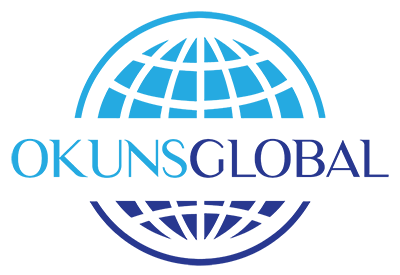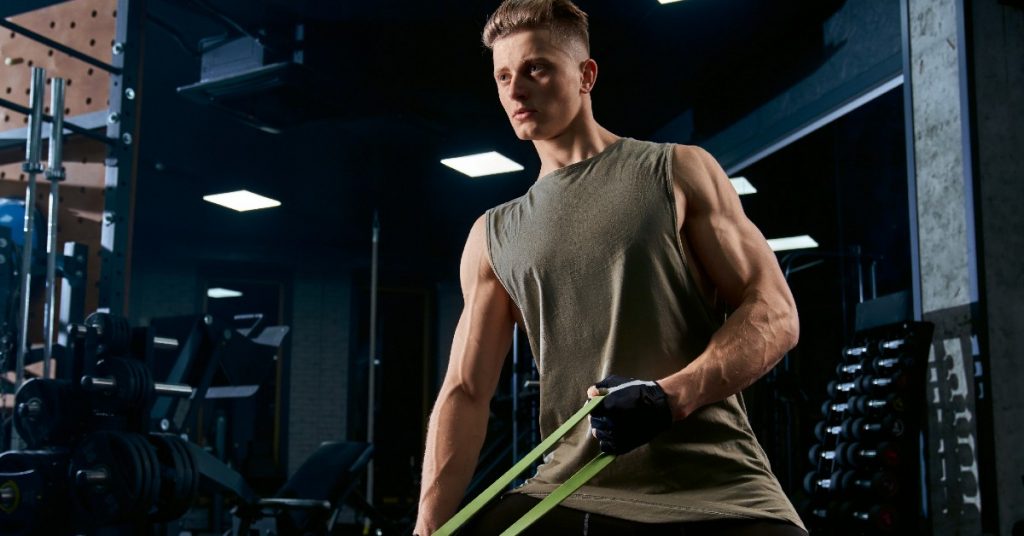Causes of Back Pain
Backache becomes common between the ages of 30 and 50, at the disks-the fibrous pads that cushion the vertebrae start to lose water and elasticity and thus inability to absorb shock. Weak back muscles increases the risk of back pain. Sprain occurs when a ligament is partially torn. Strain occurs when a muscle is overstretched. Muscle spasm occurs due to sudden onset of sustained, painful involuntary contractions. Disks problems-if a displaced disc presses on a nerve, etc.
Prevention of Back Pain
- Watch your weight- Maintaining a healthy weight minimizes stress on your back
- Posture– Pay attention to your posture: in standing, hold reading material at eyes level, in sitting remove wallet or cell phone from back pocket
- Fall –Avoid anything that might cause you to slip of fall-wet floor, slippery/Tiled ground etc
- Lift Properly– When carrying heavy objects , lift with your knees, hold objects close to body and maintain back natural curve. Limit time spend lifting heavy objects
- Repetitive tasks– Modify repetitive tasks that put physical demands on your body. Avoid unnecessary bending, twisting and reaching.
- Address Stress– Clouded judgment, poor choices can result in stress– Use deep breathing exercises, take a walk, talk with friends to handle stress, Do workplace exercises/Stretches
- Listen to your Body– Stretch and change positions , move or relax. Do not stand or sit for a prolong period
Common Causes of Bad Posture and Back Pain
- Force—Exerting too much force on your back either from work or accident
- Repetition – Repeating certain movements can lead to muscle fatigue or injury
- Posture– Slouching exaggerates your back natural curves
- Stress – Pressure at work can increase your stress level leading to muscle tension and tightness
Good sitting posture: Sit with your back firmly against the chair , stretching the top of your head toward the ceiling and tuck in your chin.
Check out your reflection: Make sure you keep your shoulders straight by standing in front of a mirror
Your Spine’s curve –A healthy back consists of 3-curves:
- A cervical curve
- A Thoracic curve
- A lumbar curve
Take the wall test-You stand with head, shoulder blades and buttocks touching a wall and your heels about 2-to-4 inches from the wall
Good standing Posture– You can practice good posture all the time and make improvement at the time by stretching and doing core strengthening exercise In sitting or standing positions.
Good standing posture-Hold your chest high, shoulders back and relaxed. Pull in your abdomen and buttocks with your feet parallel and weight distributed evenly
Cat Stretch: Position yourself on your hands and knees bent A. Slowly let your back and abdomen sap downward to the floor B and then upward C toward the ceiling. Repeat sequence 10x reps
Bridging Exercise– Lie on your back with your knees bent and feet flat on the floor (A). Then raise your hips to form a straight line from your knees to shoulders (B). Try to hold position long to complete three dep breaths and then return to starting position (C)
Lower back flexibility exercise-Lie on your back with your knees bent and feet flat on the floor A. Arch your pubic bone like pointing toward your feet B. Flatten your back, pulling your belly button toward the floor C
Lower back rotational stretch in seating– Sit on a stool or armless chair with your right leg cross over the left, twist and stretch to one side (A). Hold for approx 10 secs and repeat for opposite side (B). Repeat the stretch 5-to 10x reps
Back exercises– Perform the following stretching and strengthening exercises for your back and supporting muscles. Consult your doctor if you have conditions such as osteoporosis, arthritis etc
Shoulder blade Squeeze– Sit on a stool or chair (A) keeping your chin tucked in and your chest high, pull shoulder blades (B). Hold for 5-seconds and relax, repeat 5-to-10x daily
Knee-to-chest stretch – Lie on your back with knees bent and feet flat on the floor (A), using both hands, pull up one knee and press it to chest (B). Hold for 15 to 30 seconds. Return to starting position (A) and repeat with the opposite leg( C). Then return back to (A) and repeat with both legs at the same time (D). Repeat 10-15x reps
Lower back rotational stretch in lying– Lie on your back with your knees bent and feet flat on the floor (A), keeping your shoulders firmly on the floor, roll your bend knees on one side (B). Hold for 5–to-10 seconds. Return to starting position © and repeat on opposite side (D). Repeat stretch 5x more.
Proper lifting techniques– to lift an object from the floor, stand as close to the object, kneel, resting one knee on the floor. Do not lift in standing position with your waist bent or knees locked
Maintain the back natural curve– with one knee resting on the floor, tighten your core muscles including abdomen, back and pelvis-and then lift the object in between your legs.
Use your legs– As you stand, maintain the natural curve in your back and keep core muscles tight. Lift with your leg muscles and not your back
Squatting instead of Kneeling– You should squat rather kneel to lift an object from the floor. Stand as close to the object positioning it in between the knees as you squat.
Let your legs do the work – Maintain the natural back curve and keep your core muscles tight. Let your leg muscles do the work and not your back.
Avoid twisting– When standing, hold object close to your body and decrease strain on your lower back muscles. Keep your core muscles tight and avoid twisting and lifting heavy objects above your waist region.
Back Braces Available from Okun Health
We have back braces in many sizes – Small, Medium, Large, XL, XXL, 3XL – available for you. Please contact us if you would like to purchase some.
References
http://www.mayoclinic.com/health/back-pain/LB00001_D Retrieved 03/08/13
http://www.mayoclinic.com/health/back-pain/LB00002_D retrieved 03/08/13
http://www.mayoclinic.com/health/back-pain/LB00004_Dretrieved 04/02/13
Reicherter, A Patient Educational materials: Choosing the Medium Module 5, PPD


